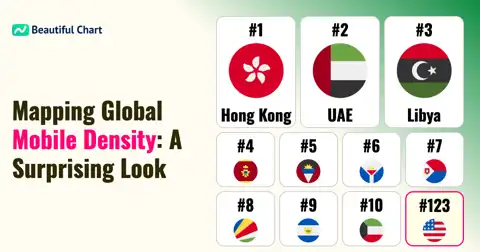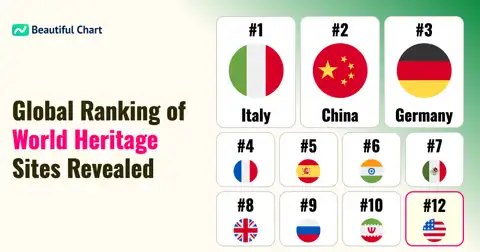This chart presents the average annual working hours per worker globally from 1950 to 2017. It offers insights into the trends in labor and work culture over time, showing how work hours have evolved across different periods and reflecting changes in work-life balance, labor laws, and economic shifts.
Annual working hours per worker refer to the total number of hours worked in a year by an average worker. This metric is crucial for understanding labor market trends, work-life balance, and the impact of technological advancements and policy changes on work hours.
| Rank | Name | Indicator |
|---|---|---|
1 | 2,456 hrs | |
2 | 2,438 hrs | |
3 | 2,255 hrs | |
4 | 2,238 hrs | |
5 | 2,238 hrs | |
6 | 2,232 hrs | |
7 | 2,212 hrs | |
8 | 2,209 hrs | |
9 | 2,186 hrs | |
10 | 2,185 hrs | |
11 | 2,174 hrs | |
12 | 2,170 hrs | |
13 | 2,149 hrs | |
14 | 2,117 hrs | |
15 | 2,096 hrs | |
16 | 2,063 hrs | |
17 | 2,040 hrs | |
18 | 2,028 hrs | |
19 | 2,024 hrs | |
20 | 2,017 hrs |





